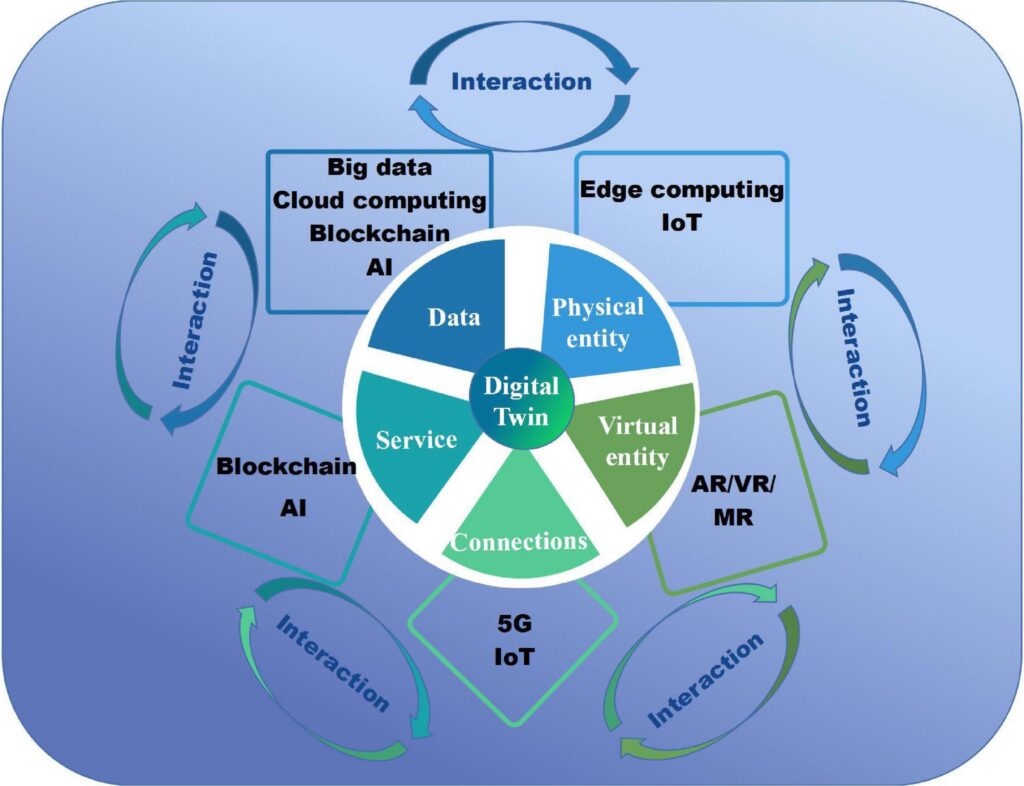Technologies such as blockchain, virtual reality (VR), and the Internet of Things (IoT) have transitioned from buzzwords to practical applications with real-world benefits. Blockchain’s decentralized ledger system is revolutionizing industries like finance and supply chain management. VR is being used in healthcare for training and simulations, improving patient outcomes and mental health treatment. IoT is enhancing smart cities by monitoring and managing infrastructure, improving efficiency and quality of life. These technologies are solving real-world problems and are expected to continue shaping industries and daily life with more innovative applications in the future.
From Hype to Reality: Exploring the Practical Applications of Blockchain, VR, and IoT
Introduction
As we move further into the digital age, technologies such as blockchain, virtual reality (VR), and the Internet of Things (IoT) have moved from being merely buzzwords to having real-world applications that are changing the way we live and work. In this article, we will explore how these once-hyped technologies are now being used in practical ways to solve real-world problems.
Blockchain
Blockchain technology was originally popularized by the rise of cryptocurrencies like Bitcoin. However, its applications go far beyond digital currencies. Blockchain is a decentralized, secure, and transparent digital ledger that stores data in a series of blocks that are linked together. This technology has the potential to revolutionize industries such as finance, healthcare, supply chain management, and more.
One practical application of blockchain is in supply chain management. By using blockchain, companies can track the flow of goods and materials in real-time, ensuring transparency and authenticity throughout the entire supply chain. This can help prevent fraud, reduce costs, and improve efficiency.
Virtual Reality (VR)
Virtual reality technology has been around for decades, but recent advancements have made it more accessible and practical for a wide range of applications. VR creates a fully immersive, interactive experience that can be used for training, simulations, entertainment, and more.
One practical application of VR is in healthcare, where it is being used for medical training and simulation. Surgeons can practice complex procedures in a virtual environment before performing them on real patients, reducing the risk of errors and improving patient outcomes. VR can also be used to treat phobias, PTSD, and other mental health conditions.
Internet of Things (IoT)
The Internet of Things refers to the network of physical devices, vehicles, and other objects that are embedded with sensors, software, and connectivity to enable them to exchange data and communicate with each other. IoT technology is being used in a wide range of industries, including smart homes, healthcare, agriculture, and more.
One practical application of IoT is in smart cities, where IoT devices are used to monitor and manage urban infrastructure such as transportation systems, utilities, and public services. By collecting and analyzing data from IoT devices, cities can improve efficiency, reduce costs, and enhance the quality of life for residents.
Conclusion
From blockchain to VR to IoT, these once-hyped technologies are now being used in practical ways to solve real-world problems and improve our lives. As advancements in these technologies continue, we can expect to see even more innovative applications that will revolutionize industries and reshape the way we live and work.
